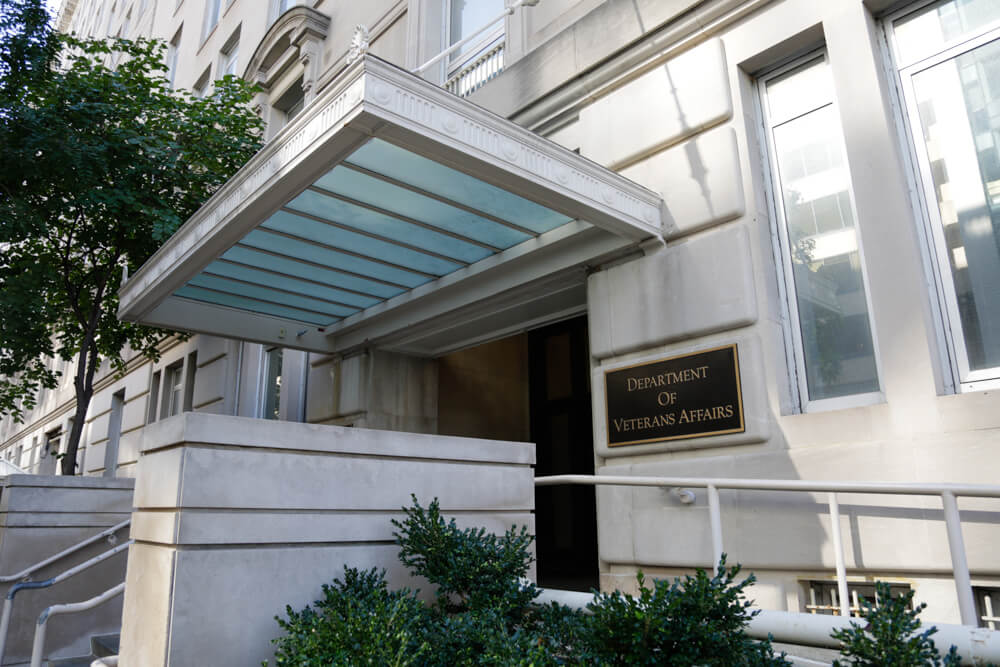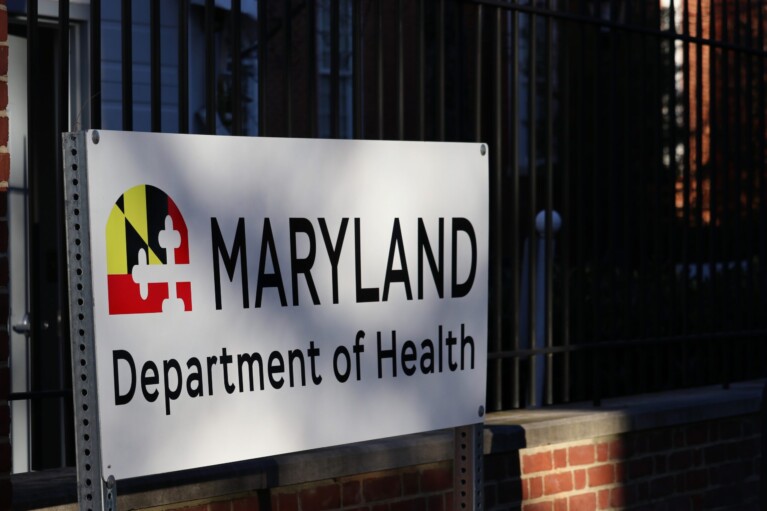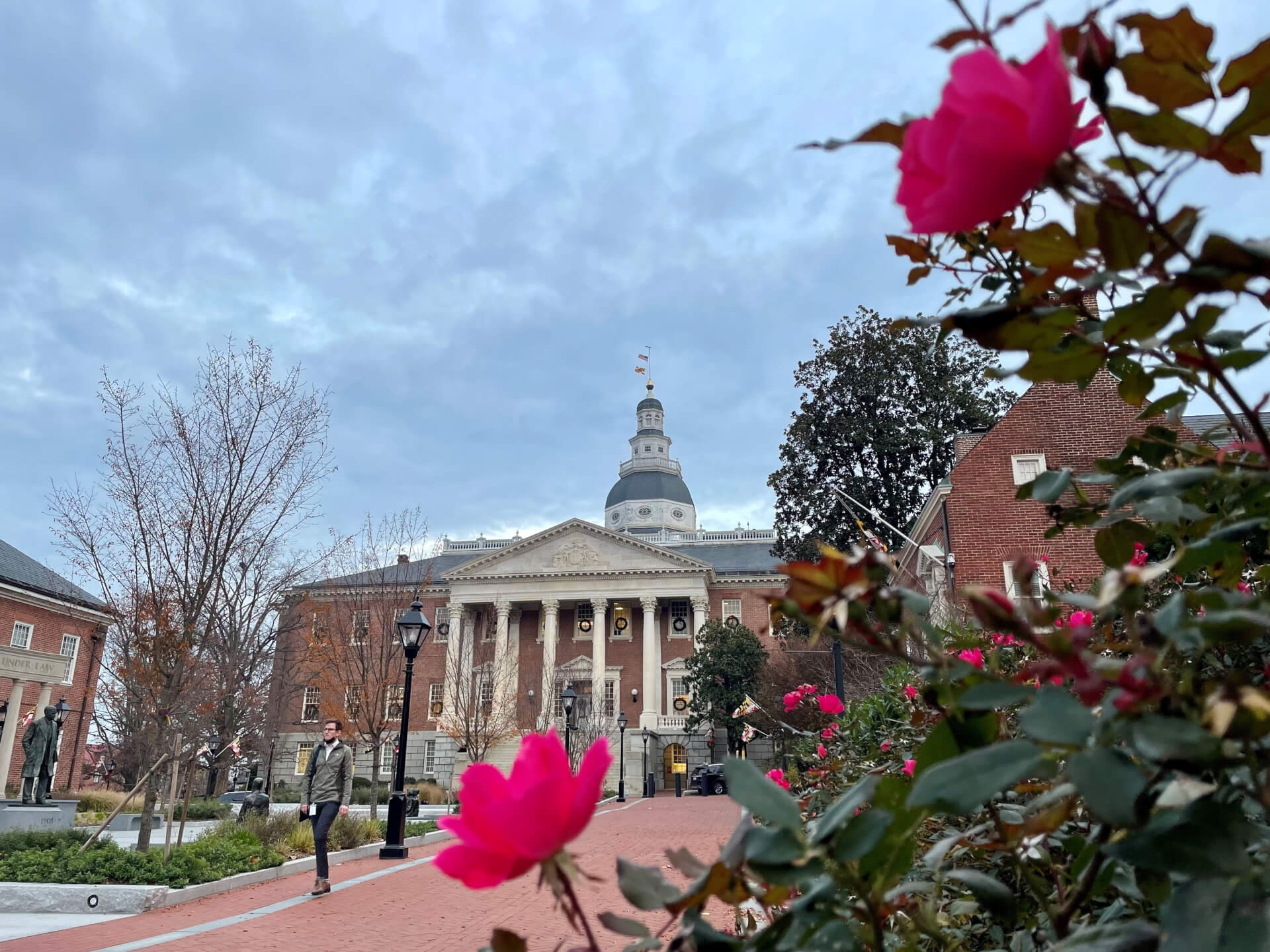Biden Administration Focusing Efforts on Reducing Veteran Suicides

By KELLY LIVINGSTON
The Biden Administration has directed federal agencies to take new steps aimed at reducing suicide deaths among veterans in the United States.
Veterans make up about 7.9% of the U.S. population, but account for about 13.5% percent of suicides in the country, according to the American Foundation for Suicide Prevention.
“Just by being a veteran, statistically, you’re 1.5 times more likely to die by suicide,” Alex Silva, military and veteran outreach chair for the American Foundation for Suicide Prevention National Capital Area chapter, told Capital News Service.
The Biden Administration last week laid out a set of five executive priorities to address veteran suicide prevention.
A host of federal agencies have been directed to coordinate information about limiting access to firearms and drugs among veterans and service members in crisis; enhancing mental health services for those in crisis; improving ways of identifying veterans and service members considered at risk for suicide; addressing ways to ease the transition to civilian life, and sharing research data on suicides among veterans and service members.
“Suicide among service members, veterans, and their families is a public health and national security crisis,” the White House said.
In 2019, 6,261 veterans died by suicide in the United States, according to the Department of Veterans Affairs. While that represented an overall decrease of 399 suicide deaths from the year-before number, the veteran suicide rate was still about double that of the civilian population.
From 2001 to 2019, the population of veterans in the United States decreased by about 23%. During that same period, the rate of suicide deaths increased from 23.3 per 100,000 veterans in 2001 to 31.6 per 100,000 in 2019, according to the VA’s 2021 National Veteran Suicide Prevention Annual Report.
Notably, the VA report did not show data on the suicide rate among veterans during the COVID-19 pandemic because the numbers for 2020 and 2021 were not yet available.
Researchers and preliminary reports suggest that suicide risk has increased among the general population during the pandemic.
“You can't have suicide without hopelessness,” Silva said. “You talk about hopelessness and access to firearms, and you talk about impulsivity, or just kind of the perfect storm of all of these circumstances, it can absolutely contribute. The thing with suicide is that we can't really point at a single cause for it, we can just kind of look at individual factors that increase somebody's risk and how much somebody has stacked on them at a certain time.”
Access to firearms and substance use can be risk factors for suicide and are seen more among veterans and active service members than in the civilian population, according to researchers.
Veterans use firearms more than any other means of suicide. According to the latest VA report, firearms were used in 69.2% of veteran suicide deaths in 2019. Among the civilians, firearms were used in 47.9% of cases.
About one in 10 veterans has been diagnosed with a substance abuse disorder, a slightly higher number than the general population, according to the National Institute on Drug Abuse.
Another report from The Defense Health Agency and the RAND Corporation in 2015 also showed higher rates of binge drinking among military members and veterans than civilians.
Silva said access to alcohol and other drugs can act as a “snooze button” sometimes for people who are struggling with their mental health, a recourse “that can make them not be in pain right now, that they can do discreetly, privately.”
The transition out of military life can present unique challenges for veterans.
“That first year post-transition is a high-risk time,” said Sherman Gillums, Jr., chief strategy officer for the National Alliance on Mental Illness, “and many (veterans) don't make it into the VA, especially if they've got bad paper — a punitive discharge or things that were related to their mental illness.”
“And I know a lot of (veterans) that were discharged because of a mental illness, and never got the connection to the VA that they needed,” he said.
A veteran of the Marine Corps, Gillums explained part of the reason this transition period can be so difficult is because healthcare benefits don’t start immediately.
“When you get out of the military, unless you retire, you're no longer connected to military care,” Gillums said. “So you have to either find a job where you can then continue to have care, or you apply to the VA for care.”
“But in order to get care at the VA,” he continued, “you have to have a rating. So you have to get a disability rating. And that process can take a long time. ...So (there’s) that interim period where you're kind of in no man's land … and it's not easy to figure out if you don't know the system.”
The Biden administration has directed several government agencies, including the Departments of Defense, Health and Human Services and Veterans Affairs, to improve access to mental health services for veterans in several ways, including reducing co-payments for mental healthcare, expanding access to telehealth services and making policy recommendations to increase military access to mental health services.
“We need to continue fighting to reduce suicide among our nation's Veterans. The new strategy from (the White House) outlines five priorities we will focus on at (the Department of Veterans Affairs) to fix this complex, but preventable, problem,” Secretary of Veterans Affairs Denis McDonough tweeted on Nov. 2.
Advocates agree that awareness of the particular suicide risk among veterans has increased in recent years.
That is partially due to a better understanding in the public of mental health issues, Silva said.
“If you look at a lot of older generations, things like mental health and trauma can be looked at as more of an inherent strive to be not weak,” he said. “And that can be a very, very deeply held belief.”
“As we move forward in understanding suicide as a mental health issue, and as a health issue, it creates a lot less stigma about seeking help,” Silva said. “Being able to look at it from a medical lens, it's a lot less controversial than looking at it as a moral choice.”
Post-traumatic stress is one area where mental health professionals have gained a lot more insight. Gillums explained such stress among many active and former military members is a “survival mechanism” and not always combat-related.
“We're trying to destigmatize and demystify this idea of this person who went to Iraq or Afghanistan and came back, all messed up,” Gillums said. “That's not it at all. A lot of them are well-adjusted, strong individuals who just didn't get the treatment, or they didn't admit to the illness because their commanders didn't encourage that.”
He said having senior leaders in the military talk about their own need for mental health treatment can be helpful, particularly for younger troops. The other big key for helping struggling veterans, Gillums noted, is peer engagement.
“There's a big emphasis on having veterans who have overcome crises to be in that army of individuals who will be there for another veteran, but it's also demystifying illness,” Gillums said. “So that we don't treat veterans, every one of them, like a ticking time bomb, by having conversations out in public about what mental illness is.”
The National Suicide Prevention Lifeline provides specialized services for veterans who are struggling with thoughts of suicide. If you or someone you know is struggling, call the Lifeline at 1-800-273-8255 and press 1 for veteran-specific care. You can also find information on the website at https://suicidepreventionlifeline.org/help-yourself/veterans/.




 Creative Commons Attribution
Creative Commons Attribution